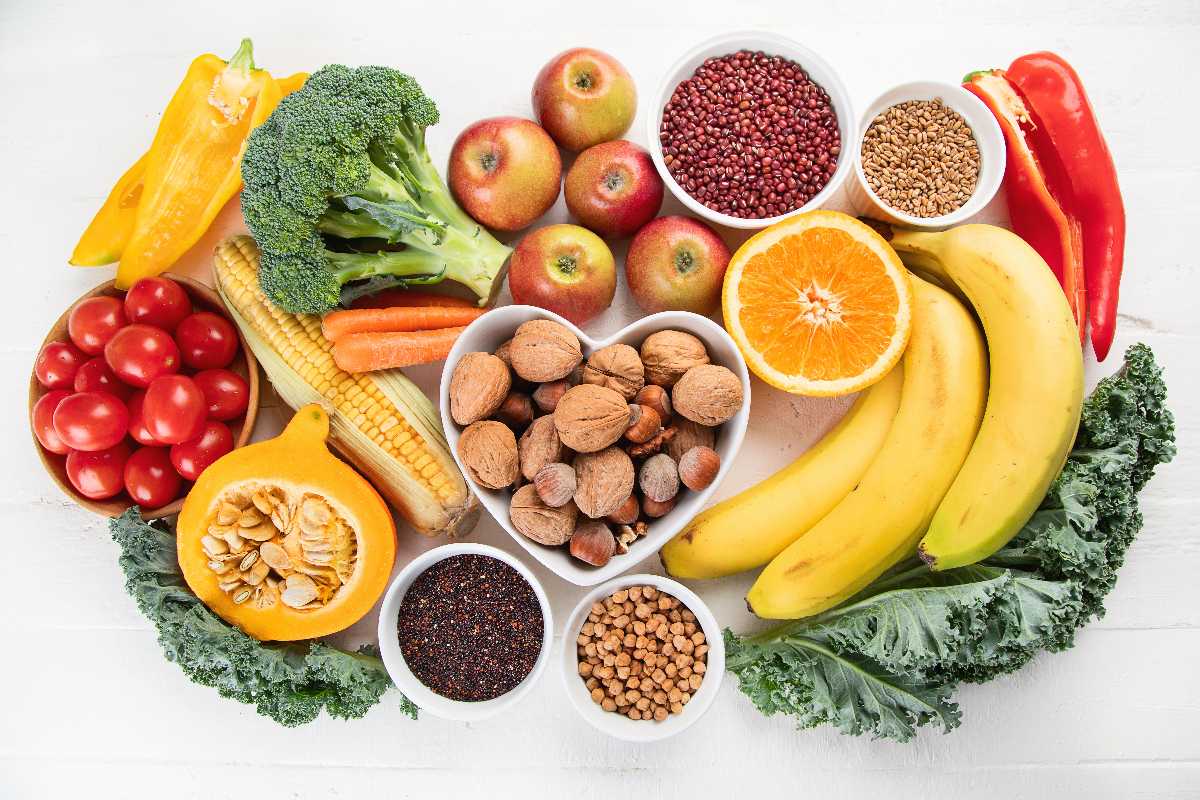With globalization and the development of new technologies for food production and distribution, the same foods responsible for food contamination have also changed. Let’s see together what are the 9 most dangerous foods for food poisoning.
@Baibakova/123rf
Today there are more than 250 types of food poisoning in the world, which manifest themselves with various symptoms and arise due to different pathogens such as bacteria, viruses and parasites or other toxins present in contaminated foods.
That of food contaminationin fact, it is a growing phenomenon due to the recent changes in the production and distribution of food, due to increases in trade, large intensive farms and travel.
Furthermore, the effects of food poisoning can be very harmful and turn into a real threat to our health. In fact, if the most common symptoms are abdominal cramps, vomiting, diarrhea, sometimes with real food poisoning, pains could increase and fever or chills may arise.
With globalization and the development of new technologies for food production and distribution, the same foods responsible for food contamination have also changed. Let’s see together what are the 9 most dangerous foods for food poisoning.
Read also: Food poisoning on vacation: here’s what to watch out for while traveling
What is food poisoning
According to the National Institute of Health (ISS), food poisoning is caused by the consumption of foods contaminated with bacteria, such as salmonella or Escherichia coli, their toxins, or viruses.
I symptoms they can start anywhere from a few hours to two days after eating the contaminated food and include:
- nausea
- He retched
- diarrhea (including with blood or mucus)
- stomach cramps and abdominal pain
- weakness
- loss of appetite
- fever
- sore muscles
- chills
Some subjects they have a higher risk to be affected by food poisoning and consequently to develop the disease in a severe form, such as:
- individuals over the age of 65
- children under the age of 5
- individuals with weakened immune systems due to diseases such as cancer, diabetes, liver or kidney disease, HIV / AIDS infection, alcoholism
- people who use antacid drugs or who have undergone chemotherapy or radiotherapy treatments
- pregnant women
Also, the foods we ingest can be contaminated at any stage of the food chain: from slaughter to processing, but also in our own kitchen if the food is not properly stored, washed and prepared for proper cooking.
What are the most dangerous foods
If in the past they were mainly raw meat and eggs the main culprits of food contamination, today the picture seems to have changed. You will be surprised to discover, in fact, how in the first place of the most contaminated foods for the presence of bacteria we find, to date, fruits and vegetables.
This is established by the report of the CDC, Centers for Disease Control and Prevention, according to which the foods that can cause food poisoning most likely are the following:
Vegetables
Among the foods most contaminated by pathogens, in the first place we find vegetables, vegetables, herbs and sprouts, which would be responsible for 21% of food poisoning. Specifically, it would be green leafy vegetables, often eaten raw, to be at the top of the list of the most contaminated foods.
Poultry
Chicken and turkey meat, on the other hand, would be responsible each year for the 12% and8% food poisoning due to salmonella contamination.
Read also: Chicken in supermarkets: more than half contaminated with traces of salmonella. The safest brands according to a new test
Beef and pork
Pork is responsible for the 10% of food poisoning, while that of bovine 9%. In this regard, it is good to remember that the meat should be eaten within 24 hours, or alternatively freeze it, and within two days if it is sliced or sliced.
Pesce
Both shellfish and actual fish cause food poisoning (respectively 5% e 4%). You might be interested in: Fished or farmed fish: it is urgent to provide consumers with information on the various risks associated with the production method.
Fruit
Although fruit is a healthy and nutritionally valid food, it is responsible for about the 9% food poisoning. Specifically, it would be the fruit purchased already washed, peeled and cut to be more polluted, as it is packaged with plastic and subject to germs and pathogens.
Egg
Eggs are also often contaminated with the salmonella pathogen and responsible for the 7% food poisoning.
Milk and dairy products
Again, the 5% of food poisoning is caused by contaminated milk, consumed in purity or used for the preparation of dairy products, yogurt and fresh cheeses.
Cereals and legumes
Cereals, flours and legumes can be carriers of bacteria and pathogens, causing about the 4% of intoxications. In particular, it is good to pay attention to cooked and canned legumes, especially if they do not appear closed properly or have a strange color.
Other
Finally also alcohol, coffee and condiments contribute for a good 7% to food poisoning.
Follow us on Telegram | Instagram | Facebook | TikTok | Youtube
On food poisoning read also:
